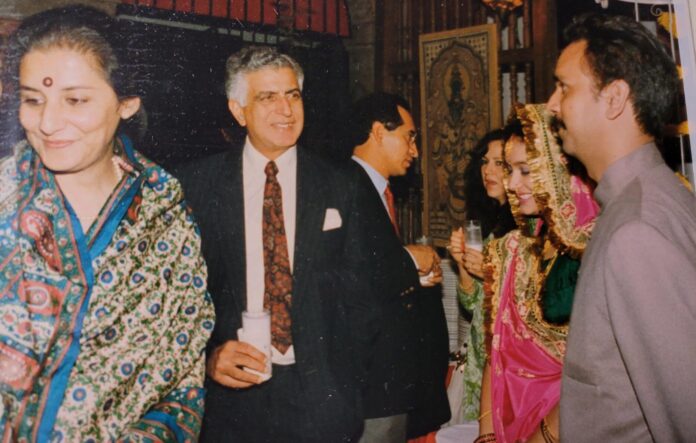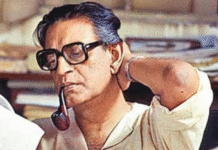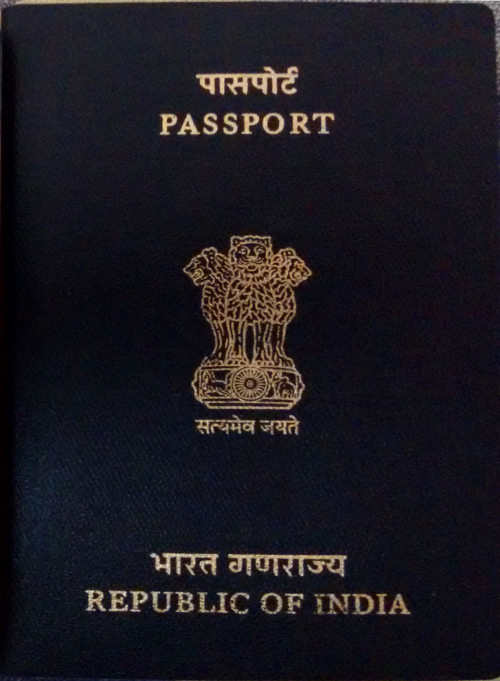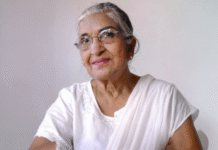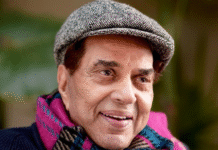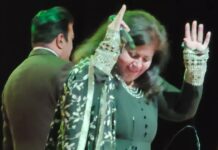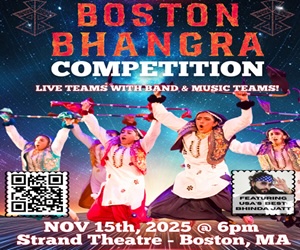By Upendra Mishra, Author of After the Fall and Precise Marketing
BOSTON–Growing up in India during the 1970s and ’80s, celebrity culture was deeply embedded in our lives—even if it looked very different from today. There was a sense of awe around politicians, film stars, and cricketers. Public figures were almost mythical. We heard their voices over the radio, saw their photos in newspapers, and sometimes glimpsed them on the rare family TV set. The idea of actually meeting someone like the Prime Minister or a top cabinet minister was unthinkable—more fantasy than reality.
In small towns and villages, just knowing their names was impressive; recognizing their faces was a badge of awareness. Meeting them? That belonged to another world entirely.

In school, we memorized the names of the President, Prime Minister, and Chief Minister as a matter of civic duty. Recognizing their photographs was enough to earn respect. But meeting them in person? That was out of the question.
All of that changed for me when I moved to Mexico in January of 1984. I was a student in Mexico City—one of just 10–15 Indian families in the entire country at that time, not including staff at the Indian Embassy. In that close-knit community, we were invited to embassy receptions anytime an Indian dignitary visited. Suddenly, the icons of my youth were within reach—and I had some truly unforgettable encounters.
Meeting President Zail Singh (1984)
My first brush with Indian political leadership came in 1984, when the late President Giani Zail Singh visited Mexico City. He was the first Sikh to hold the highest constitutional office in India and had previously served as Home Minister. Known for his humble origins and colorful personality, he was also the subject of many jokes and stories during our childhood.
At the embassy reception, I nervously approached him and shook his hand. It was surreal. A figure I had only seen in state portraits or on Doordarshan was suddenly in front of me—alive, real, and smiling. That moment remains etched in my memory.
Ghulam Nabi Azad: A Generous Heart (1985)
In 1985, Ghulam Nabi Azad, then a rising star in Indian politics and Minister of Parliamentary Affairs, was in Mexico City for an Inter-Parliamentary Conference. I was eager to meet him, and despite getting no help from the embassy, I discovered where he was staying and left a message at his hotel.
To my surprise, he personally called me the next morning. I was stunned. He spoke with warmth and curiosity, asking about my studies and life in Mexico. We agreed to meet at the conference venue—Mexico’s Foreign Ministry. When he stepped out of the hall to greet me, I felt an immense sense of pride.
We sat together on a sofa in the lobby, and he asked many thoughtful questions about my background and goals. I also mentioned that I had been accepted into a summer program at the University of Oslo. He seemed genuinely impressed and happy for me.
As we said goodbye, he reached into his sherwani pocket, pulled out a wad of U.S. dollars, and insisted I take it to help fund my studies. I tried to refuse—it felt awkward and undeserved—but he wouldn’t hear of it. “Consider it encouragement,” he said.
Outside the building, I curiously counted the money: over $500, a significant amount at the time. That generous gesture helped fund my next steps in Norway. His kindness, humility, and encouragement made a lasting impression on me.
An Evening with Madhavrao Scindia (1986)
In 1986, Prime Minister Rajiv Gandhi visited Mexico, and a presidential reception was hosted for him and his delegation. Among the guests was a face I recognized instantly—but couldn’t place. I finally approached him and confessed, “I’ve seen you somewhere but can’t remember your name.”
With a gracious smile, he said, “I’m Madhavrao Scindia.” Scindia, a descendant of the royal family of Gwalior and a former Union Minister, was one of the most charismatic leaders of his time.
Instead of being offended, he laughed, patted my back, and introduced me to Kumarmangalam, who was also at the table. “Meet this brave student from India,” he said, and invited me to sit with them. That evening turned into a warm and animated conversation—one I’ll never forget.
A Personal Meeting with Prime Minister Rajiv Gandhi
Perhaps the most thrilling moment came when I met Rajiv Gandhi, then Prime Minister of India. I had just started working as a reporter for The News, an English-language daily in Mexico City, and was eager to interview him. Despite multiple attempts through official channels, the embassy told me it wasn’t possible—his schedule was full.
But fate had other plans. During a community reception at the Camino Real Hotel, I shook hands with him and introduced myself. “I’m a journalist here and would love to interview you,” I said.
He paused, looked at me, and said, “Stay till the end. When I leave, just follow me closely.”
I did exactly as he instructed. We walked together to his presidential suite, and to my astonishment, I spent nearly an hour with him. What struck me most was his quiet confidence, thoughtfulness, and humility. He asked more questions about my life than I could ask about his. It felt like a conversation with an elder brother—not a sitting prime minister.
A few days later, my interview with Rajiv Gandhi was published on the front page of The News. I proudly mailed a copy to my family in India. I must admit, at the time I was more excited to tell them I met him than I was about the story itself!
Even today, in India and even in the United States, celebrity culture remains strong—meeting a top political leader or movie star still carries weight, still feels like a once-in-a-lifetime moment for many. But what struck me most during my time in Mexico was how accessible these powerful people became outside the homeland. It made those interactions all the more meaningful—and reminded me that sometimes, geography collapses the distance between reverence and reality.
This way, the idea of “celebrity culture” helps bookend your memoir—contextualizing the awe of those encounters, while also reflecting on how those moments felt different (and even more personal) when they happened abroad.
Stay tuned for Memoir-30: In Nicaragua, Where Women Were Everywhere—and Leading Everything.
(Upendra Mishra is the author of After the Fall: How Owen Lost Everything and Found What Really Matters and Precise Marketing: The Proven System for Growing Revenue in a Noisy World. He is the Managing Partner of The Mishra Group. Learn more at www.UpendraMishra.com.)


